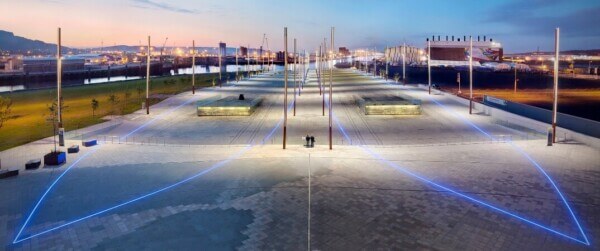In 2020, Titanic Belfast, the iconic tourist attraction located in Belfast Harbour, remembered the 35th anniversary of the discovery of the RMS Titanic with special promotional giveaways and the publication of “Titanafacts.”
This news page contains affiliate links and I may earn compensation when you click on the links at no additional cost to you.
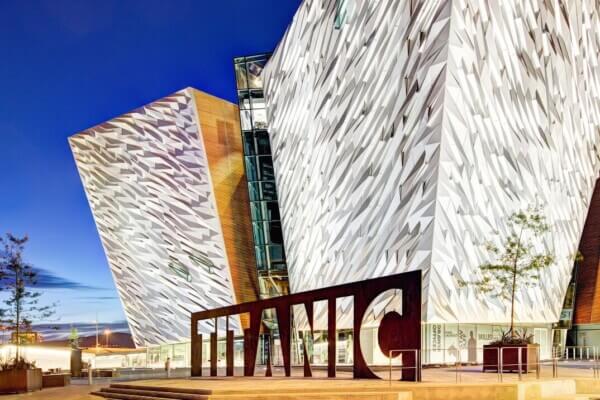
Northern Ireland’s most popular tourist attraction is located on the very grounds where the infamous luxury ocean liner was built.
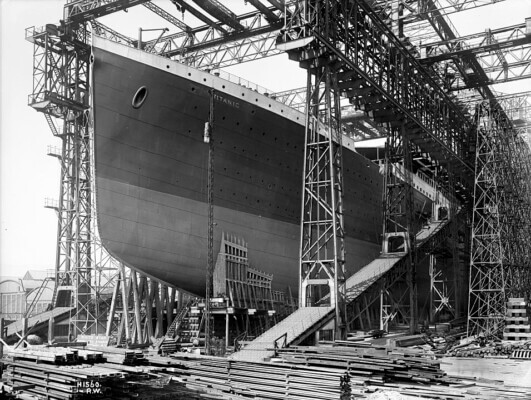
Some of the not-so-well-known facts include the following:
- The RMS Titanic was built and launched in Belfast.
- It took three years and close to 3,000 men to build her. Workers at the Harland & Wolff shipping yard, where the Titanic was built, had to prepare for two years before they could begin building the giant ocean liner.
- To qualify as a joiner at the Harland & Wolff shipyard, you had to train for 5 years (equal to what a medical student would need to become a doctor)
- The Titanic was really long – 270 meters (885 feet) in fact – meaning it could have spanned three Atlantic Ocean wave crests.
- She was made of steel plates and held together with 3,000,000 rivets!
- Titanic had three engines.
- She had four funnels (otherwise known as smokestacks that allowed boiler steam or smoke to be expelled). In fact, they were so wide that a train could drive through them!
- The Titanic was very grand indeed, fitted with a gym, a Turkish bath, a swimming pool, a kennel for first-class dogs, and a squash court. Some of the tiles that were used to construct the swimming pool can be found at the Titanic Hotel Belfast.
- Titanic’s famous staircase was inspired by the staircase at Belfast City Hall.
- Titanic’s route from Belfast to New York via Southampton and Cobh, Co. Cork, is laid out on one of the largest maps of the Northern Hemisphere, which you’ll find at Titanic Belfast.
Discovery of the Titanic Wreck
The ship was discovered in the chilly waters of the North Atlantic, about 370 miles (595 km) south of Newfoundland, by Dr. Robert Ballard and French diving engineer Jean-Louis Michel.
It is located nearly 2½ miles (4,000 meters) below sea level overlooking a small ocean canyon.
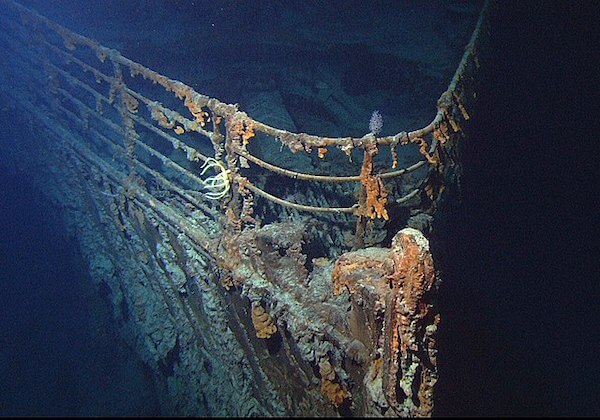
The U.S. Navy financed the search but only because Ballard agreed to also search for two of its missing submarines – the USS Thresher and the USS Scorpion.
In 1984, Ballard and his team discovered those wrecks.
However, he only had 12 days to begin the Titanic search.
To speed up the process, Ballard asked Michel for help and together they eventually found the lost ship.
The Titanic’s remains are in two pieces, about a third of a mile apart and covering a total area of about 5 miles wide by 3 miles long.
The Titanic’s bow is still recognizable, but the stern is ruined after incurring damage as it sunk.
Another nearby Belfast attraction, the Maritime Mile Treasure Trail, is free for all to enjoy.
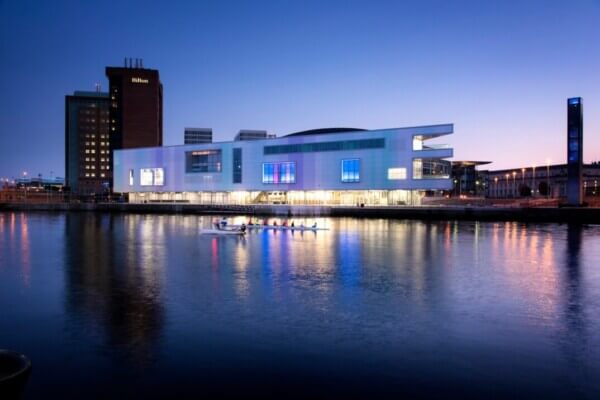
The trail is the newest attraction for families interested in discovering more about Belfast’s historic waterfront.
Read More: 24 Hours in Belfast on a Budget

